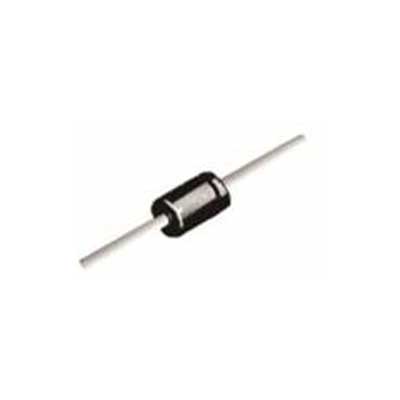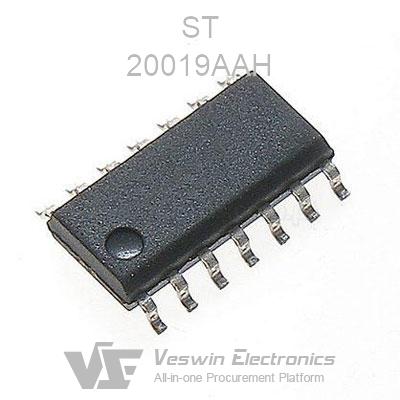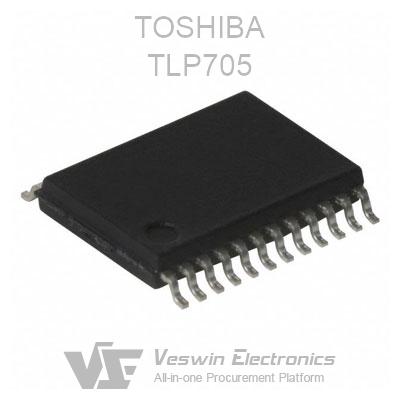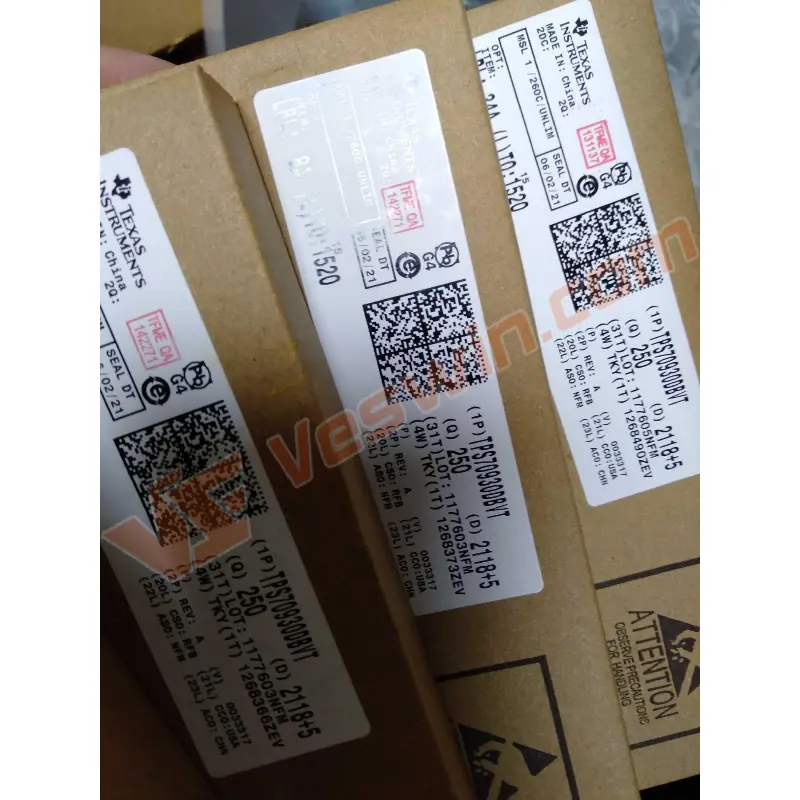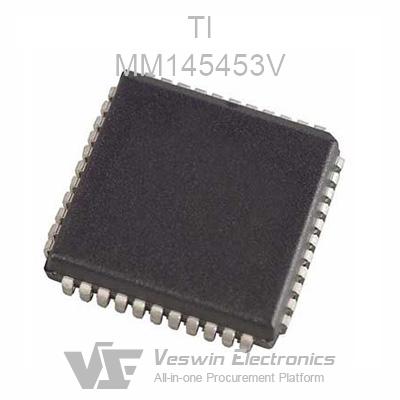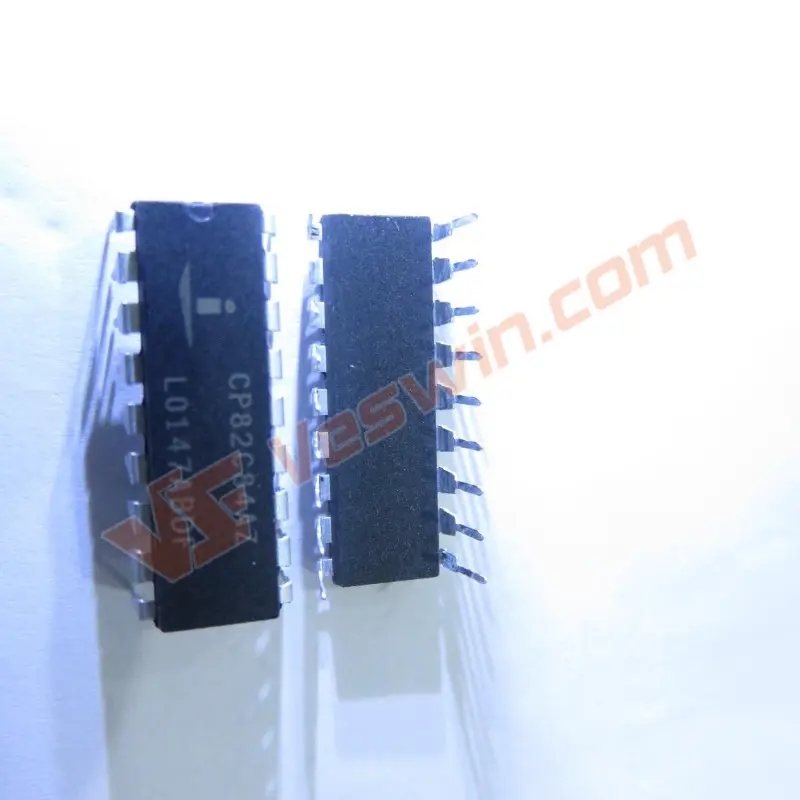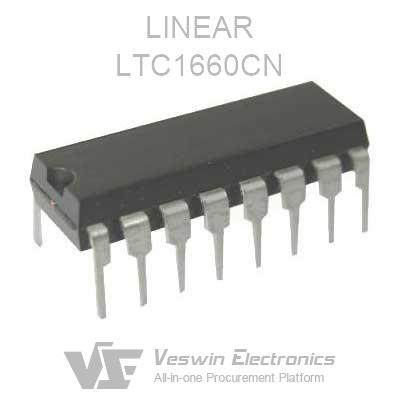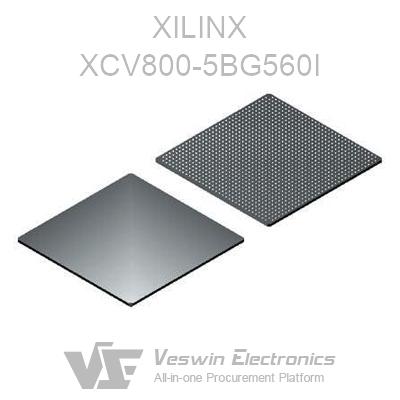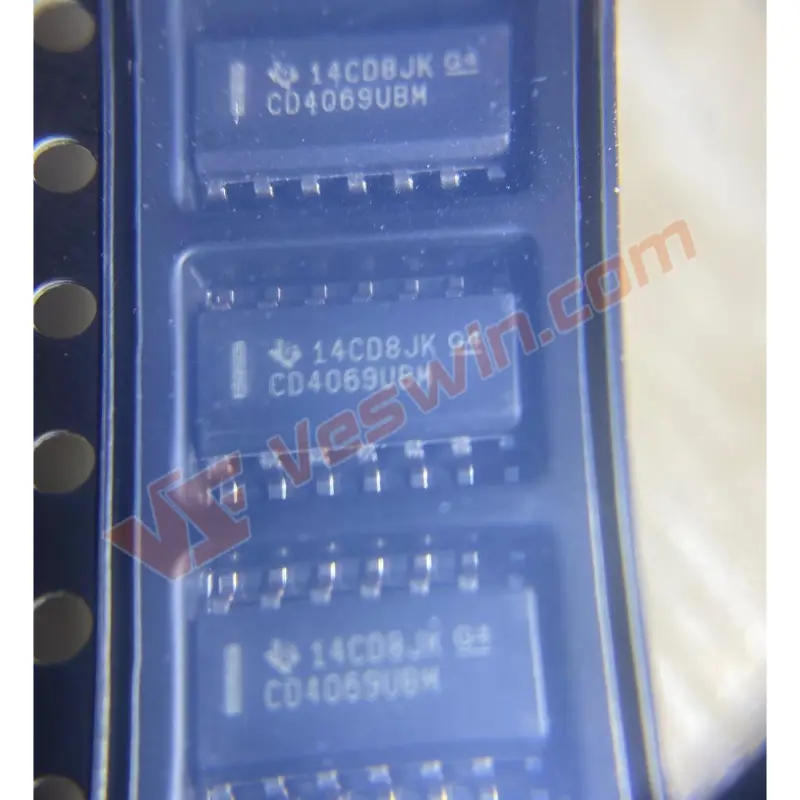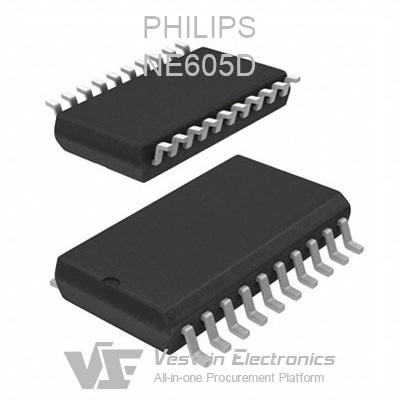Logic IC is a semiconductor device, and its function is to implement a basic logical operation that is performed on one or more than one digital input signals (set as 1, 0 or H, L) to produce a ‘digital output signal'.
Logic ic devices can be divided into two main categories - fixed logic devices and programmable logic devices. As the name implies, the circuits in fixed logic devices are permanent and perform a function or set of functions - once manufactured, they cannot be changed.
Programmable logic devices (PLDs), on the other hand, are standard finished parts that provide customers with a wide range of logic capabilities, characteristics, speeds and voltage characteristics - and they can be changed at any time to perform many different functions.
For fixed logic devices, the time required from design and prototype to final production can vary from months to over a year, depending on the complexity of the device. Also, if the device does not work properly, or if the application requirements change, then a completely new design must be developed.
The upfront effort to design and verify fixed logic requires significant "non-recurring engineering costs," or NRE. NRE represents all the costs that customers need to invest before the fixed logic device is finally manufactured from the chip fab, including engineering resources, expensive software design tools, expensive photolithography masks used to fabricate the different metal layers of the chip, and the cost of the chip. expensive photolithography mask set, and the production cost of the initial prototype device.
For programmable logic devices, designers can quickly develop, simulate and test their designs using inexpensive software tools. The design can then be quickly programmed into the device and immediately tested in an actual running circuit. The PLD device used in the prototype is identical to the PLD used in the formal production of the final device, such as a network router, ADSL modem, DVD player, or car navigation system. This eliminates the NRE cost and the final design is completed much faster than when custom fixed logic devices are used.
Another key advantage of using a PLD is that the customer can modify the circuit as needed during the design phase until they are satisfied with the design work. This is because PLDs are based on rewritable memory technology - to change the design, the device simply needs to be reprogrammed. Once the design is complete, the customer can immediately go into production and simply program the required number of PLDs using the final software design file.
Both primary sorts of programmable reasoning gadgets are field-programmable entrance ranges (FPGAs) and also complicated programmable reasoning devices (CPLDs). Of these two types of programmable logic devices, FPGAs offer the highest logic density, the richest feature set, and the highest performance. The latest FPGA devices, such as some of the Xilinx Virtex family, offer eight million "system gates" (relative logic density). From data processing and storage, to instrumentation, telecommunications, and digital signal processing, FPGAs are used in a wide range of application.
The ability to control the switching quantity of PLC is very strong. The control of the number of points into and out, less than a dozen points, dozens of points, more can be hundreds, thousands, or even tens of thousands of points, as it can network, the number of points is almost unlimited, no matter how many points can be controlled, the logic of the control can be a variety of issues: combination, timing, immediate, delayed, no counting, the need to count, fixed order, random work, and so on. The figure below is a block diagram of a classic PLC control system.
The hardware structure of PLC is variable and the software program is programmable and is very flexible when used for control. If necessary, multiple sets or groups of programs can be written and called as needed. It is very adaptable to the industrial site multiple conditions, multi-state transformation needs.
PLC for switching control is a lot of examples, metallurgy, machinery, light industry, chemical industry, textile, etc., almost all industrial industries need to use it. At present, the goal of the first use of PLC is that it can be easily and reliably used for switching control, which other controllers also can not be compared with.
Analog quantities, such as current, voltage, temperature, pressure, etc., which vary continuously in magnitude. For the industrial production, especially the continuous production process, always need to control these physical quantities.
As an industrial control electronics, PLC can not regulatel these quantities. It is a major deficiency, for which the PLC manufacturers are in this location for a lot of advancement. So presently, not only large, medium-sized machine can be analog control, a small machine can also be such control. PLC for analog control, to be set up with analog and electronic conversion of the A / D, D / A unit. It is the special I/O unit.
A/D unit is the external circuit, converted into digital quantity, and then sent to the PLC; And the D/A unit, the digital quantity of the PLC, is converted into analog quantity, and then sent to the external circuit. As a special I/O unit, it still has the I/O circuit anti-interference, internal and external circuit isolation, and input and output relays (or internal relays, which is also a PLC working memory area, can read and write) exchange information and so on.
PLC for analog control, and A/D, D / A combination of units together, and available PID or fuzzy control algorithm to achieve control, you can get a very high quality of control.
So we all know that the one of the advantage of using PLC for analog control, is that in the analog control meanwhile, the switch can also be controlled. Other controllers do not have this advantage or not that fluently. Of course, if the system is purely analog, with PLC may not be as good as the performance to price ratio of the regulator
The actual physical quantities, in addition to switching and analog quantities, are also motion control. For example, the displacement of machine parts, often expressed in digital quantities. Motion control, an effective approach is NC, or digital control technology. This computer-based control technology was born in the United States in the 1950s. Today is also very popular.
At present, the advanced countries of metal cutting machine tools, CNC ratio has been more than 40% to 80%, and some even higher. PLC is based on computer technology too, and it is increasingly perfect. PLC can get counting pulses, the regularity can be as high as a couple of k to tens of k Hz, available in a range of methods to get the pulse, yet additionally several reception. Some PLC as well as pulse output feature, pulse regularity can also get to tens of k, with these two functions, combined with the PLC has information handling and computing capabilities, if geared up with the matching sensors (such as rotating encoders) or pulse servo gadget, it can be totally in accordance with the concept of NC to achieve a selection of control.
High-grade, mid-range PLC, but also created NC device, or activity system, can achieve point control. Activity devices can also accomplish contour interpolation, can control contour movement. Therefore, if the PLC is configured with such units, it is possible to use the NC approach to digital control. Newly developed motion units, and even issued the programming language of NC technology, for better digital control with PLC provides a convenient.
With the development of PLC technology, its data storage area is getting larger and larger. Such as the PLC of Dewson, its data storage area (DM area) can reach 9999 words. Such a large data storage area, you can store a large amount of data. Data acquisition can be used with a counter, the cumulative record of the number of pulses collected, and regularly transferred to the DM area. PLC can also be configured with a small printer, the data in the DM area on a regular basis to type out.
PLC can also communicate with the computer, the computer to read out the data in the DM area, and then by the computer to process the data. At this point, the PLC becomes the data terminal of the computer.
Electricity users have used PLC to record the user's electricity consumption in real time, in order to achieve different electricity consumption time, different billing methods, to encourage users to use more electricity in the low valley, to achieve the purpose of reasonable electricity consumption and saving electricity.
There are lots of PLC self-test signals as well as numerous interior devices, as well as the majority of users do not offer full play to their functions. As a matter of fact, it can be used to check the PLC's own work, or to keep an eye on the control item.
For a complex control system, especially an automatic control system, it is very necessary to monitor and even further self-diagnose, it can reduce the failure of the system, it is easy to find the fault, it can improve the cumulative average trouble-free running time, and reduce the fault repair. time and improve system reliability.
PLC networking and communication capability is extremely strong, as well as the new networking structures are continuously being introduced. PLC can be connected with personal computers for communication, and computers can be used to participate in programming and management of PLC control, making it more convenient to use PLC.
In order to give full play to the role of computers, a computer can be implemented to control and manage multiple PLCs, as many as 32. PLC and PLC can also communicate with two or more computers to exchange information in order to achieve more monitoring of the PLC control system.
PLC and smart meters, smart actuators (such as inverters), can also be networked communication, exchange data, mutual operation. It can be connected to a remote control system, and the scope of the system can be as large as 10 km or more. A local network can be formed, and not only PLC, but also high-grade computers and various intelligent devices can enter the network. Bus network and ring network can be used. Net can also be set network. Network and network can also be bridged. The network can organize thousands of PLCs, computers and intelligent devices in a network.
Networking and communication are adapting to the needs of today's Computer Integrated Manufacturing System (CIMS) and intelligent factory development. It can make industrial control from the point (Point), to the line ((Line) and then to the surface (Aero), so that the equipment level control, production line control, factory management control into a whole, which can create higher efficiency. This infinitely better prospect has been shown more and more clearly in front of our generation.
The above applications are focused on the qualitative aspects. In terms of quantity, PLC has a large, small. So its control range can also be large, can be small. Small control only a device, or even a component, a site; large control multiple devices, a production line, to the entire factory. It can be said that the size of industrial control occasions, are inseparable from the PLC.
Hot News
